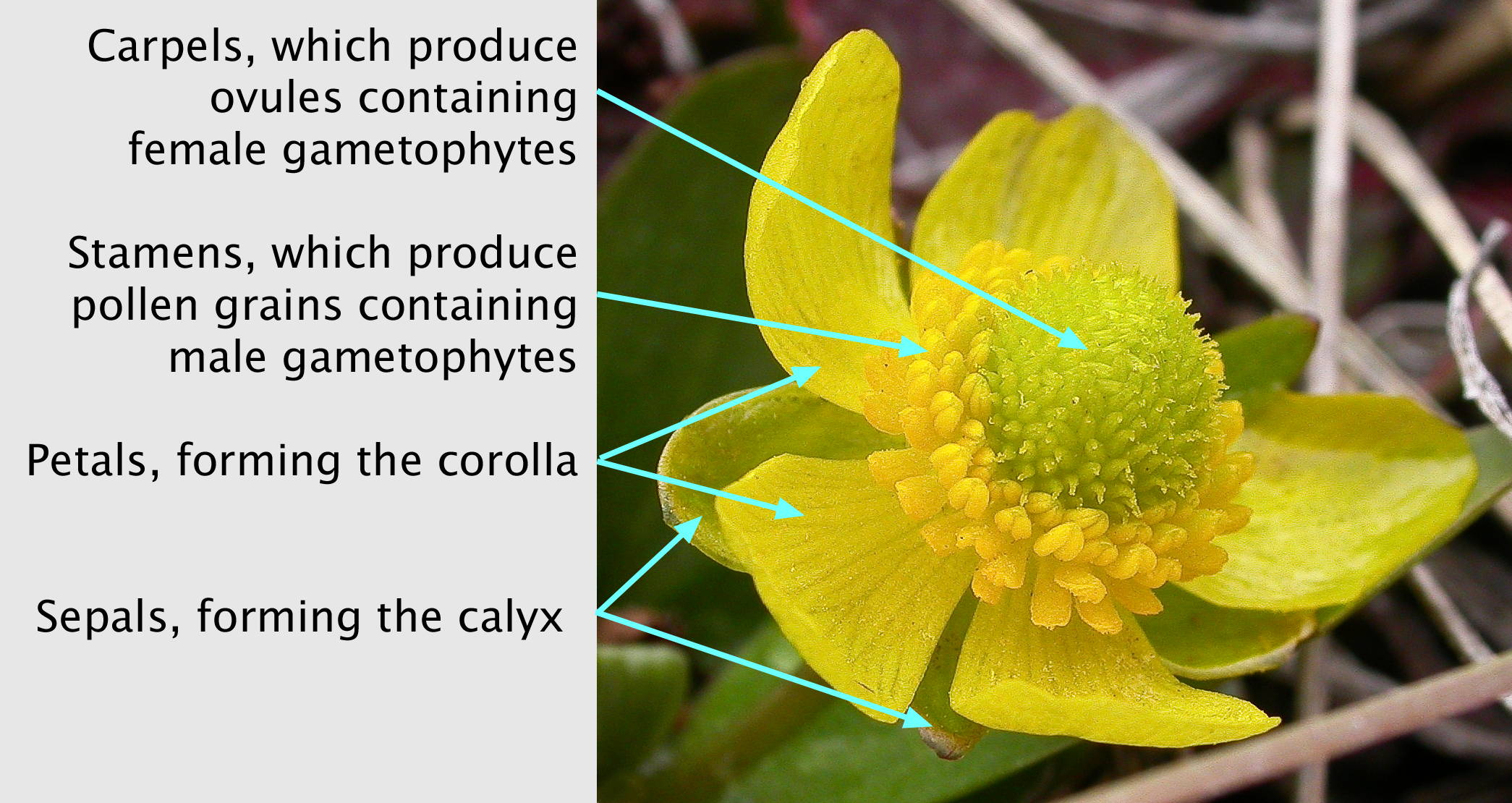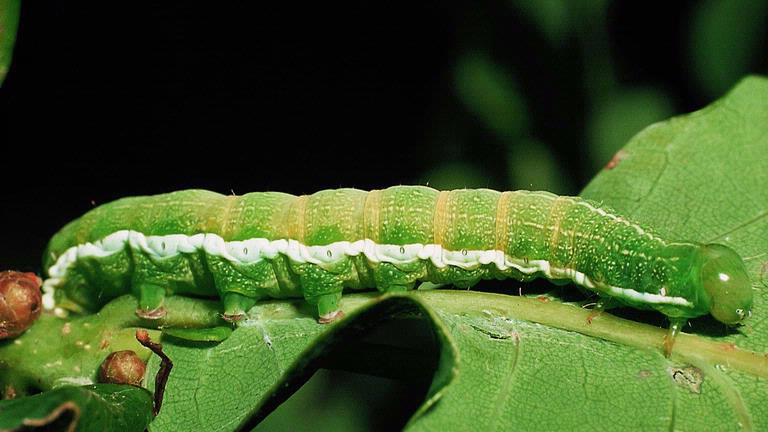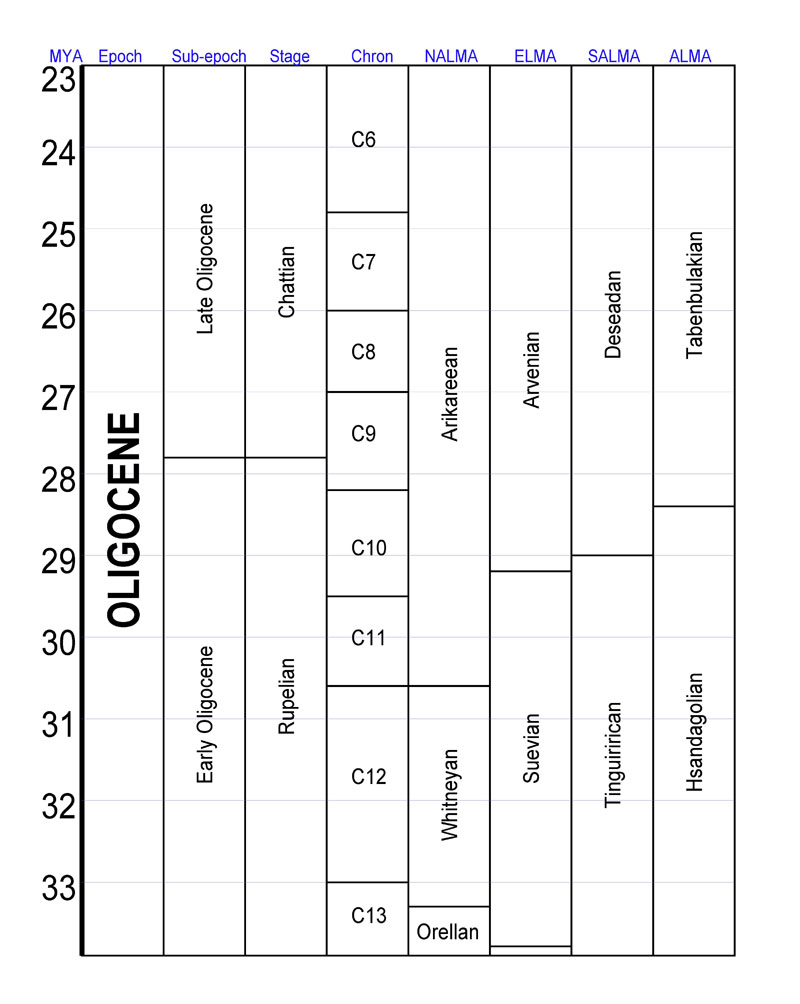|
Ranunculus
''Ranunculus'' is a large genus of about 1750 species of flowering plants in the family Ranunculaceae. Members of the genus are known as buttercups, spearworts and water crowfoots. The genus is distributed worldwide, primarily in temperate and montane regions. The familiar and widespread buttercup of gardens throughout Northern Europe (and introduced elsewhere) is the creeping buttercup '' Ranunculus repens'', which has extremely tough and tenacious roots. Two other species are also widespread, the bulbous buttercup '' Ranunculus bulbosus'' and the much taller meadow buttercup '' Ranunculus acris''. In ornamental gardens, all three are often regarded as weeds. Buttercups usually flower in the spring, but flowers may be found throughout the summer, especially where the plants are growing as opportunistic colonizers, as in the case of garden weeds. The water crowfoots (''Ranunculus'' subgenus ''Batrachium''), which grow in still or running water, are sometimes treated in a sep ... [...More Info...] [...Related Items...] OR: [Wikipedia] [Google] [Baidu] |
Ranunculus Eschscholtzii
''Ranunculus eschscholtzii'' is a species of buttercup flower known by the common name Eschscholtz's buttercup. The species name honors Johann Friedrich von Eschscholtz, an Imperial Russian botanist and entomologist active on the West Coast in the 1820s and 1830s. Distribution and habitat The plant is native to much of western North America from the Arctic northwestern Canada and Alaska to California and New Mexico. It grows in meadows and talus on high mountain slopes and other open rocky habitat. Description ''Ranunculus eschscholtzii'' is a perennial herb producing one or more erect stems up to 20 or 25 centimeters tall. The lower leaves have somewhat rounded blades each divided into a few lobes and borne on long petioles. Any upper leaves are smaller and not borne on petioles. The herbage is hairless and sometimes waxy in texture. The inflorescence is made up of one to three flowers on narrow pedicels. The flower has five to eight oval or rounded shiny yellow petals up to ... [...More Info...] [...Related Items...] OR: [Wikipedia] [Google] [Baidu] |
Ranunculus Acris
''Ranunculus acris'' is a species of flowering plant in the family Ranunculaceae, and is one of the more common buttercups across Europe and temperate Eurasia. Common names include meadow buttercup, tall buttercup, common buttercup and giant buttercup. Description ''Ranunculus acris'' is a herbaceous perennial plant that grows to a height of 30 to 100 cm, with ungrooved flowing stems bearing glossy yellow flowers about 25 mm across. There are five overlapping petals borne above five green sepals held upwards against the petals, that turn yellow as the flower matures. It has numerous stamens inserted below the ovary. The leaves are compound, with finely cut, hairy, leaflets. Unlike '' Ranunculus repens'', the terminal leaflet is sessile. As with other members of the genus, the numerous seeds are borne as achenes. The rare autumn buttercup (''R. aestivalis'') is sometimes treated as a variety of this species. The juice of the plant is semi-poisonous to livestock, ca ... [...More Info...] [...Related Items...] OR: [Wikipedia] [Google] [Baidu] |
Ranunculus Repens
''Ranunculus repens'', the creeping buttercup, is a flowering plant in the buttercup family Ranunculaceae, native to Europe, Asia and northwestern Africa. Habitat It is a very common weed of agricultural land and gardens, spreading quickly by its rooting stolons and resisting removal with a deeply anchored filamentous root ball. In Ireland: very common in damp places, ditches and flooded areas.Hackney, P. (1992). ''Stewart and Corry's Flora of the North-east of Ireland.'' Third Edition. Institute of Irish Studies and The Queen's University of Belfast . Cultivation and uses Creeping buttercup was sold in many parts of the world as an ornamental plant, and has now become an invasive species in many parts of the world. Like most buttercups, ''Ranunculus repens'' is poisonous, although these poisons are lost when dried with hay. The taste of buttercups is acrid, so cattle avoid eating them. The plants then take advantage of the cropped ground around them to spread their stolons. Cre ... [...More Info...] [...Related Items...] OR: [Wikipedia] [Google] [Baidu] |
Ranunculus Bulbosus
''Ranunculus bulbosus'', commonly known as bulbous buttercup or St. Anthony's turnip, is a perennial flowering plant in the buttercup family Ranunculaceae. It has bright yellow flowers, and deeply divided, three-lobed long-petioled basal leaves. Description The stems are 20–40 cm tall, erect, branching, and slightly hairy, with a swollen corm-like base.RH Uva, JC Neal and JM Ditomaso (1997) ''Weeds of The Northeast'', Cornell University Press, Ithaca, NY. pp. 294-295 There are alternate and sessile leaves on the stem. The flower forms at the apex of the stems, with 5–7 petals, the sepals strongly reflexed. The flowers are glossy yellow and 1.5–3 cm wide. The plant blooms from April to July. Distribution The native range of ''Ranunculus bulbosus'' is Western Europe between about 60°N and the Northern Mediterranean coast. It grows in both the eastern and western parts of North America as an introduced weed. Bulbous buttercup grows in lawns, pastures and fiel ... [...More Info...] [...Related Items...] OR: [Wikipedia] [Google] [Baidu] |
Ranunculaceae
Ranunculaceae (, buttercup or crowfoot family; Latin "little frog", from "frog") is a family (biology), family of over 2,000 known species of flowering plants in 43 genera, distributed worldwide. The largest genera are ''Ranunculus'' (600 species), ''Delphinium'' (365), ''Thalictrum'' (330), ''Clematis'' (380), and ''Aconitum'' (300). Description Ranunculaceae are mostly herbaceous annuals or perennials, but some are woody climbers (such as ''Clematis'') or shrubs (e.g. ''Xanthorhiza''). Most members of the family have bisexual flowers which can be showy or inconspicuous. Flowers are solitary, but are also found aggregated in Cyme (botany), cymes, panicles, or spike (botany), spikes. The flowers are usually radially symmetrical but are also found to be bilaterally symmetrical in the genera ''Aconitum'' and ''Delphinium''. The sepals, petals, stamens and carpels are all generally free (not fused), the outer flower segments typically number four or five. The outer stamens may ... [...More Info...] [...Related Items...] OR: [Wikipedia] [Google] [Baidu] |
Ranunculus Aquatilis
''Ranunculus aquatilis'', the common water-crowfoot or white water-crowfoot, is a plant species of the genus ''Ranunculus'', native throughout most of Europe and western North America, and also northwest Africa. This is an aquatic plant Aquatic plants, also referred to as hydrophytes, are vascular plants and Non-vascular plant, non-vascular plants that have adapted to live in aquatic ecosystem, aquatic environments (marine ecosystem, saltwater or freshwater ecosystem, freshwater ..., growing in mats on the surface of water. It has branching thread-like underwater leaves and toothed floater leaves. In fast flowing water the floaters may not be grown. The flowers are white petaled with yellow centres and are held a centimetre or two above the water. The floater leaves are used as props for the flowers and are grown at the same time.Blamey, M. & Grey-Wilson, C. (1989). ''Flora of Britain and Northern Europe''. References External links Jepson Manual TreatmentWashington Burke M ... [...More Info...] [...Related Items...] OR: [Wikipedia] [Google] [Baidu] |
List Of The Largest Genera Of Flowering Plants
There are over 56 genus, genera of flowering plants estimated to contain at least 500 species description, described species. The largest of these is currently the Fabaceae, legume genus ''Astragalus (plant), Astragalus'' (milk-vetches), with over 3,000 species. The sizes of plant genera vary widely from monotypic genus, those containing a single species to genera containing thousands of species, and this disparity became clear early in the history of plant classification. The largest genus in Carl Linnaeus' seminal ''Species Plantarum'' was ''Euphorbia'', with 56 species; Linnaeus believed that no genus should contain more than 100 species. Part of the disparity in genus sizes is attributable to historical factors. According to a hypothesis published by Max Walters in 1961, the size of plant genera is related to the age, not of the taxon itself, but of the concept of the taxon in the minds of taxonomists. Plants which grew in Europe, where most of the early taxonomy was based, w ... [...More Info...] [...Related Items...] OR: [Wikipedia] [Google] [Baidu] |
Flowering Plant
Flowering plants are plants that bear flowers and fruits, and form the clade Angiospermae (). The term angiosperm is derived from the Ancient Greek, Greek words (; 'container, vessel') and (; 'seed'), meaning that the seeds are enclosed within a fruit. The group was formerly called Magnoliophyta. Angiosperms are by far the most diverse group of Embryophyte, land plants with 64 Order (biology), orders, 416 Family (biology), families, approximately 13,000 known Genus, genera and 300,000 known species. They include all forbs (flowering plants without a woody Plant stem, stem), grasses and grass-like plants, a vast majority of broad-leaved trees, shrubs and vines, and most aquatic plants. Angiosperms are distinguished from the other major seed plant clade, the gymnosperms, by having flowers, xylem consisting of vessel elements instead of tracheids, endosperm within their seeds, and fruits that completely envelop the seeds. The ancestors of flowering plants diverged from the commo ... [...More Info...] [...Related Items...] OR: [Wikipedia] [Google] [Baidu] |
Small Angle Shades
The small angle shades (''Euplexia lucipara'') is a moth of the family Noctuidae. It is distributed throughout the Palearctic. The species was first described by Carl Linnaeus in his 1758 10th edition of ''Systema Naturae''. As the common name suggests, this species is closely related to the angle shades (''Phlogophora meticulosa''), and is considerably smaller (wingspan 30–35 mm), but does not especially resemble that species. The forewings are dark brown with a broad, pale subterminal band, wider and paler towards the costa. The hindwings are whitish at the base, graduating to brown at the margins. In the British Isles this species flies at night in June and July, with a second generation sometimes emerging in September. It is attracted to light and sugar. Distribution It is found throughout Europe, in Algeria, in western Asia and through the Palearctic to Siberia, China, and Japan. Technical description Forewing rufous ochreous tinged with purplish and mixed with ... [...More Info...] [...Related Items...] OR: [Wikipedia] [Google] [Baidu] |
Hebrew Character
The Hebrew character (''Orthosia gothica'') is a moth in the family Noctuidae. The species was Species description, first described by Carl Linnaeus in his 1758 10th edition of Systema Naturae, 10th edition of ''Systema Naturae''. It is found throughout Europe. Both the common and binomial names of this moth refer to distinctive black markings, one on each wing. These markings resemble the Hebrew alphabet, Hebrew letter Nun (letter), nun (), and also a gothic arch. Technical description and variation The wingspan is 30–40 mm. Forewing sandy rufous, black speckled, median area generally deeper rufous: lines browner, forewing purplish red brown; the lines pale, ill defined, except by black spots at costa; the cell black; stigmata pale and large; claviform connected with outer line by a black bar; above which the base of vein 2 is often surrounded with rufous; hindwing fuscous. The size of the orbicular stigma is variable, and the amount and shape of the black filling in o ... [...More Info...] [...Related Items...] OR: [Wikipedia] [Google] [Baidu] |
Meyer Desert Formation Biota
The Meyer Desert Formation biota is a fossilized biota (flora and fauna) found in the Dominion Range in the Transantarctic Mountains in Antarctica, alongside the Beardmore Glacier. Since about 15 million years ago (Ma), Antarctica has been mostly covered with ice. Fossil ''Nothofagus'' leaves in the Meyer Desert Formation of the Sirius Group show that intermittent warm periods allowed ''Nothofagus'' shrubs to cling to the Dominion Range as late as 3–4 Ma (mid-late Pliocene). After that the Pleistocene glaciation covered the whole continent with ice and destroyed all major plant life on it. Species reported by Ashworth and Cantrill from about 3 million years ago include: Animals: *'' Pisidium'' species (very small or minute freshwater clams, Sphaeriidae) *A lymnaeid gastropod (air-breathing freshwater snails) * 2 species of curculionid beetles (weevils) * A cyclorrhaphid fly ( Diptera) * A tooth of an unknown species of freshwater fish Plants: *''Nothofagus beardmoren ... [...More Info...] [...Related Items...] OR: [Wikipedia] [Google] [Baidu] |
Oligocene
The Oligocene ( ) is a geologic epoch (geology), epoch of the Paleogene Geologic time scale, Period that extends from about 33.9 million to 23 million years before the present ( to ). As with other older geologic periods, the rock beds that define the epoch are well identified but the exact dates of the start and end of the epoch are slightly uncertain. The name Oligocene was coined in 1854 by the German paleontologist Heinrich Ernst Beyrich from his studies of marine beds in Belgium and Germany. The name comes from Ancient Greek (''olígos'') 'few' and (''kainós'') 'new', and refers to the sparsity of Neontology, extant forms of Mollusca, molluscs. The Oligocene is preceded by the Eocene Epoch and is followed by the Miocene Epoch. The Oligocene is the third and final epoch of the Paleogene Period. The Oligocene is often considered an important time of transition, a link between the archaic world of the tropical Eocene and the more modern ecosystems of the Miocene. Major chang ... [...More Info...] [...Related Items...] OR: [Wikipedia] [Google] [Baidu] |




